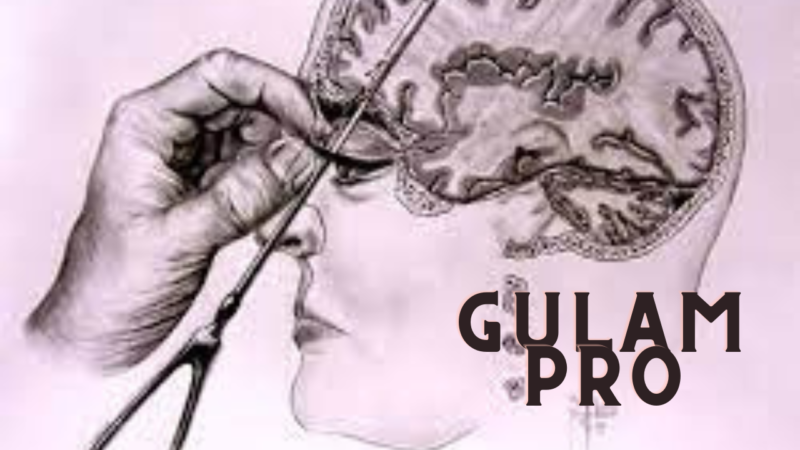Exploring the Legacy of Justine Siegemund: A Trailblazer in Medicine

Introduction:
In the annals of medical history, certain figures stand out not only for their contributions to science but also for their resilience and determination in the face of societal barriers. Justine Siegemund, a pioneering midwife and author in 17th-century Germany, is one such remarkable figure whose work transcended the limitations imposed on women during her time. Despite facing numerous challenges, Siegemund’s legacy endures as a testament to the power of knowledge and perseverance in the pursuit of medical progress.
Early Life and Education:
Justine Siegemund was born in 1636 in Prenzlau, Brandenburg, which is now part of modern-day Germany. Little is known about her early life or formal education, but it is believed that she received training as a midwife, a common vocation for women in the 17th century. In an era when formal education for women was limited, Siegemund’s decision to pursue a career in healthcare was unconventional and courageous.
Career as a Midwife:
Siegemund’s career as a midwife flourished in the city of Dresden, where she gained recognition for her skill and expertise in obstetrics. Despite lacking formal medical training, she developed innovative techniques for managing complicated deliveries and treating various gynecological conditions. Her practical experience and keen observational skills earned her the trust and respect of her patients and peers.
Notable Achievements:
One of Siegemund’s most significant contributions to medical literature is her renowned work titled “The Court Midwife” (Der königlichen Frauenzimmer und Fräulein Collegin Profession, die höchste, alleredlen Geburt, vornemste Verhütung, und kurze, doch gründliche Unterrichtung), published in 1690. This comprehensive manual on midwifery and women’s healthcare was groundbreaking for its time, providing detailed instructions on prenatal care, childbirth techniques, and postpartum management. “The Court Midwife” quickly became a standard reference for midwives across Europe and solidified Siegemund’s reputation as a leading authority in her field.
Challenges and Resistance:
Despite her expertise and contributions to the field of obstetrics, Siegemund faced significant challenges and opposition throughout her career. As a woman practicing medicine in a male-dominated profession, she encountered skepticism and prejudice from male physicians who viewed midwifery as inferior or unscientific. Additionally, societal norms dictated that women should not engage in intellectual pursuits or pursue careers outside the domestic sphere, making Siegemund’s achievements all the more remarkable.
Legacy and Impact:
Justine Siegemund’s legacy extends far beyond her own lifetime, inspiring future generations of women in medicine and science. Her advocacy for the advancement of women’s healthcare and her commitment to improving maternal and infant outcomes laid the groundwork for modern obstetrics and midwifery practices. Despite facing formidable obstacles, Siegemund’s determination to challenge traditional gender roles and contribute to the body of medical knowledge serves as a beacon of hope and empowerment for aspiring female healthcare professionals around the world.
Conclusion:
In the annals of medical history, Justine Siegemund’s name stands as a testament to the indomitable spirit of women who defy societal expectations and blaze trails in pursuit of knowledge and progress. As a pioneering midwife and author, she not only revolutionized the field of obstetrics but also shattered barriers that confined women to roles of subservience and domesticity. Today, we honor Justine Siegemund for her courage, resilience, and enduring legacy as a trailblazer in medicine.






